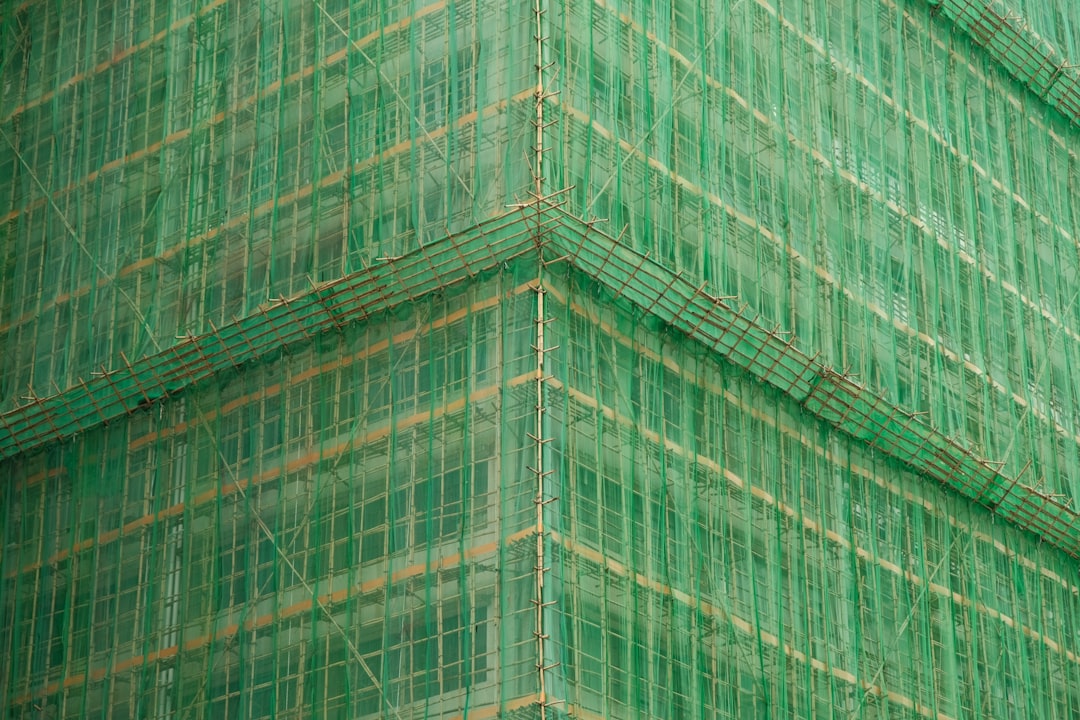
For construction professionals in Jackson, TN, choosing the right insulation is crucial for energy efficiency and comfort. Cellulose insulation offers a cost-effective solution, with installation costs ranging from $1.20 to $1.50 per square foot. This guide explores the benefits of cellulose insulation, its advantages over other materials, and how CountBricks can streamline your project with AI-driven solutions.
• High R-value per inch for efficient thermal performance
• Dense-pack application reduces air infiltration, ideal for varying climates
• Borate treatment provides fire resistance and pest deterrence
• Made from up to 85% recycled materials, supporting sustainability
• Superior acoustic absorption for noise reduction
1. Installation Flexibility: Cellulose can be installed with minimal disruption.
2. Moisture Management: Cellulose dries out effectively, unlike fiberglass or foam.
3. Cost Efficiency: Typically 20-30% less expensive than spray foam in Jackson, TN.
CountBricks transforms traditional estimating with AI technology, offering:
• Real-time material and cost estimates
• Daily updated regional pricing
• Automated labor calculations
• Easy proposal generation
1. Home Audit: Includes IR imaging and blower-door testing.
2. AI Takeoff: Converts data into detailed insulation maps.
3. Material Delivery: Scheduled to coincide with crew arrival.
4. Dense-Pack Application: Ensures optimal density and performance.
5. Quality Assurance: Post-installation testing verifies results.
• 2,400 sq ft home: 28% reduction in heating and cooling costs.
• Craftsman home: Achieved significant noise reduction.
• Net-zero home: Achieved HERS 45 without premium materials.
Take advantage of rebates up to $500 from the Tennessee Valley Authority for insulation upgrades. CountBricks handles all paperwork and provides detailed payback analysis.
• Air-seal before insulating
• Ensure proper density to prevent settling
• Use vapor retarders in crawl spaces
• Schedule comprehensive testing
• Specialization in residential projects
• AI-driven accuracy
• Localized pricing
• Comprehensive service from start to finish
• Transparent client reporting
Enhance your projects with professional cellulose insulation. Visit CountBricks.com to schedule an audit or upload blueprints for analysis.

The Shaw family transformed their 1920s bungalow in Jackson with cellulose insulation. CountBricks executed a strategic plan to enhance comfort and efficiency.
1. Identified and sealed key air leaks.
2. Reduced leakage by 19% before insulation.
• Calculated precise material needs.
• Achieved significant noise reduction.
• Upgraded to meet current code requirements.
• Monitored conditions to ensure long-term performance.
• Address air leaks early.
• Cellulose adapts well to historic structures.
• Monitoring ensures optimal conditions.
Transform your older home with cellulose insulation. Visit CountBricks.com for a personalized plan.